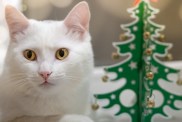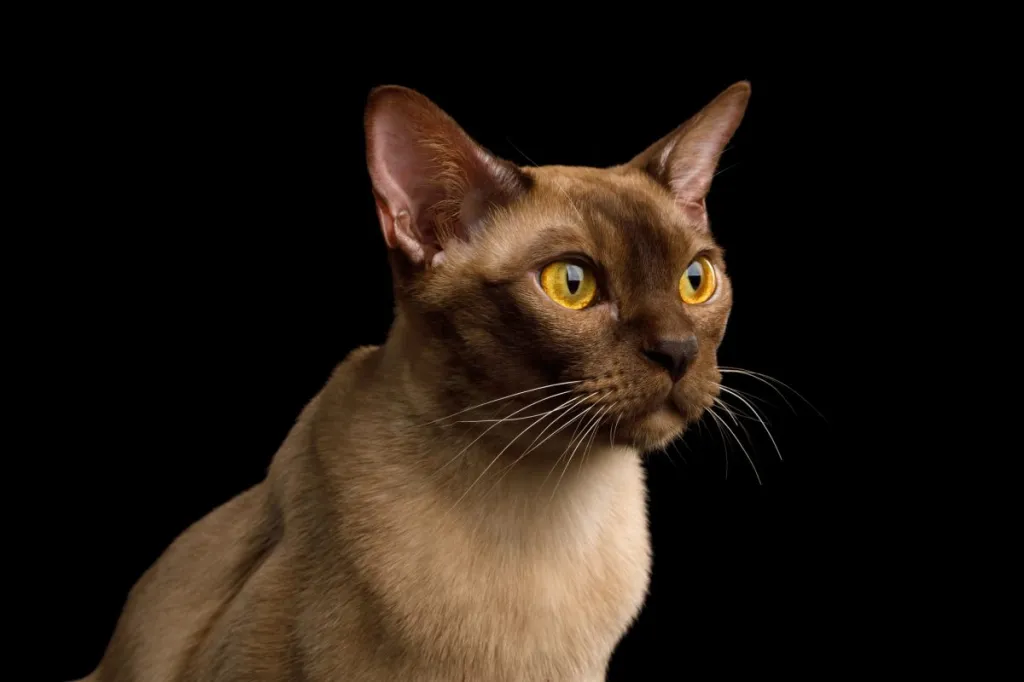The Burmese cat, often referred to as the “Burmese,” is a distinctive and popular breed known for its striking appearance, affectionate nature, and engaging personality. Their affectionate and sociable nature makes them wonderful companions for individuals and families alike. The Burmese cat breed originated in Southeast Asia, specifically in Burma (now Myanmar), and breeders brought the cat…

There are ways for cat parents to have a tree without having a tree. Here are seven Christmas tree alternatives…




